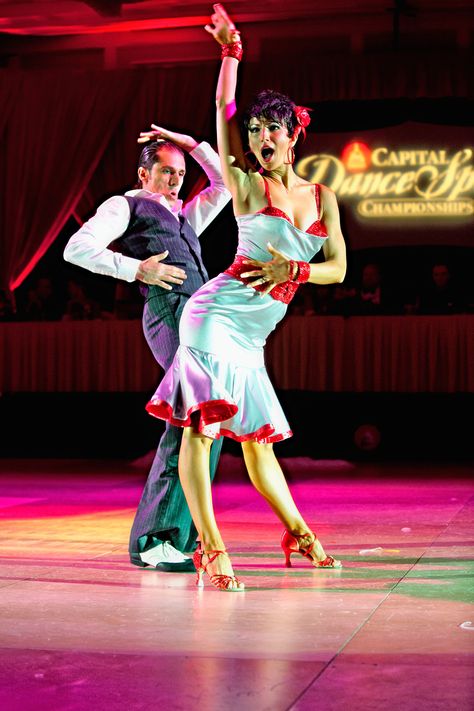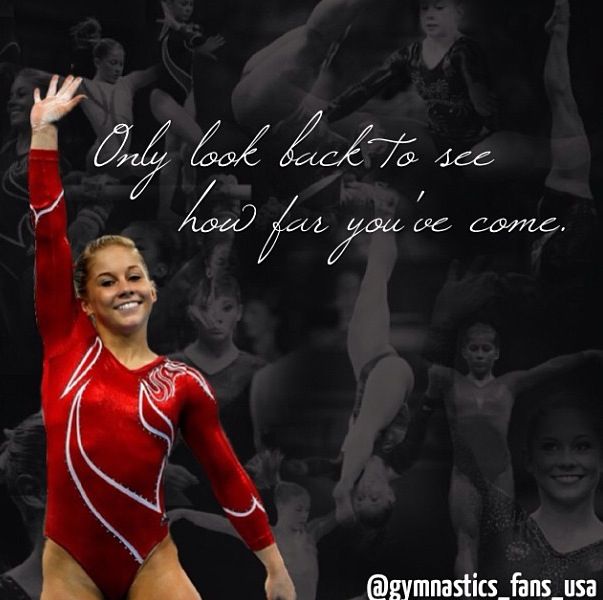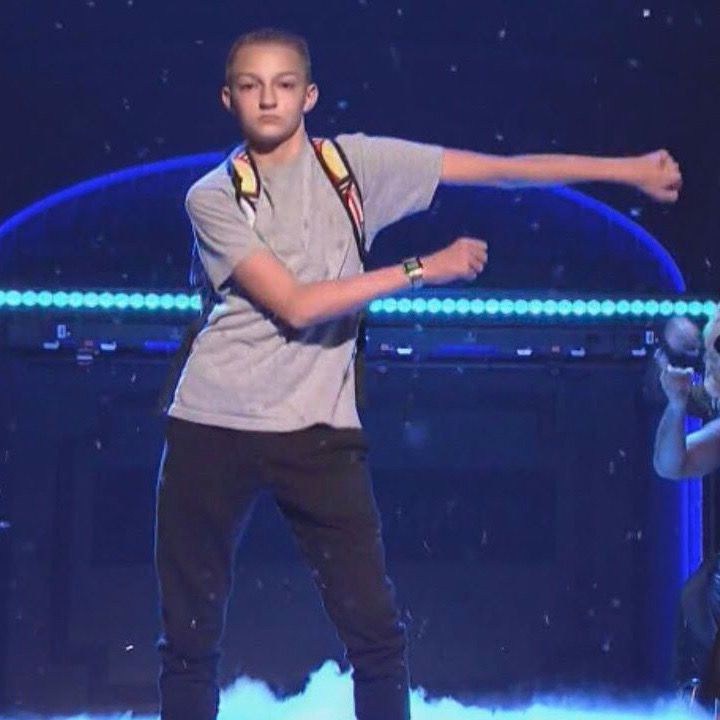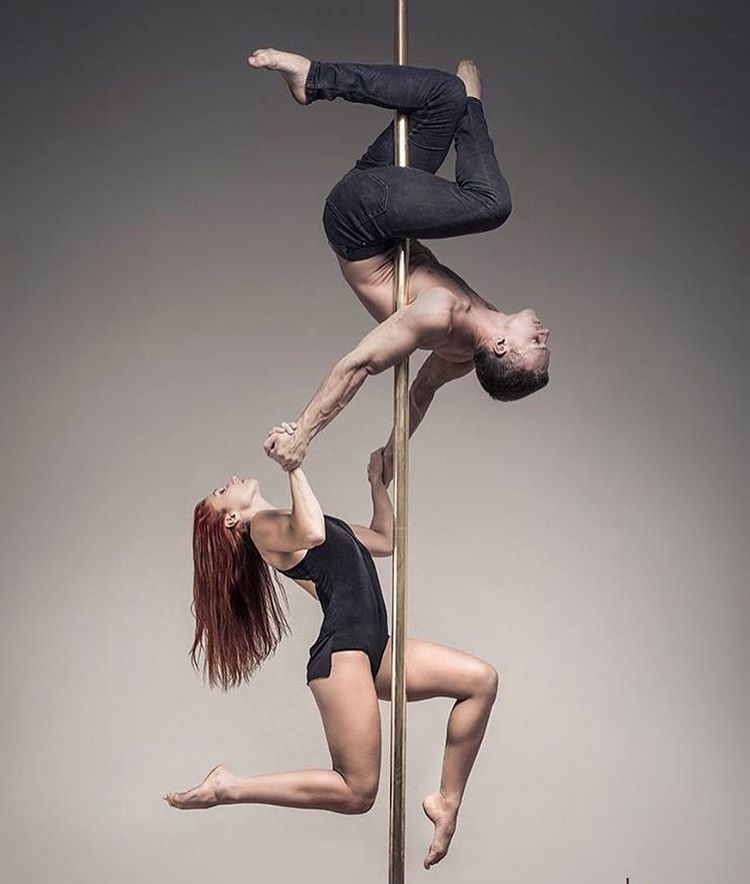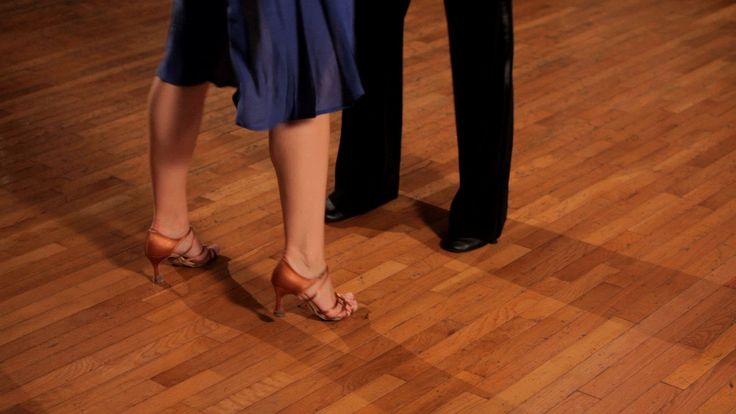How to texas two step dance
Two Step Dance | Learn the Basics of Country Two Step
Every beginner country dancer needs to learn the basic patterns for country two step. If you want to learn how to country two step, also called progressive two-step, you’re in the right place. Two step is a fun dance that travels around the line of dance with walks and spins to fast country music. First, we need to master the basic steps. Below is a simple syllabus to get you started on the basic two step patterns as a beginner.
TAKE ACTION> Download our Basics of 2-Step Video for FREE
Powered by Convert Plus
TAKE ACTION> Jump to the Two Step Basic Patterns on this page
What is Country Two Step?
Country Two Step also known as Texas Two Step is a fun social dance seen in dance halls and country bars all over north america! It’s a partner dance that follows a counter clockwise pattern around the dance floor with lots of spins and wraps. Although it’s typically done to country music, there is plenty of two stepping done to non country music as well!
What is Texas Two Step?
Is it different from Country Two Step, Triple Two Step or Nightclub Two Step?
Texas Two Step is essentially the same as Country Two Step!
It IS different from Triple Two Step and Nightclub Two Step (don’t worry we will explain below)
This is what the basics of Country Two Step AKA Texas Two Step look like.
Remember dance is like language. You’ll find different accents in language across the country just like you’ll find different versions of two step across the country as well. Rest assured Country Two Step and Texas Two Step is all the same dance with slight regional differences.
However there are ‘two steps’ associated with country dancing that ARE different.
Triple Two Step and Nightclub Two Step (AKA Nightclub) are totally different.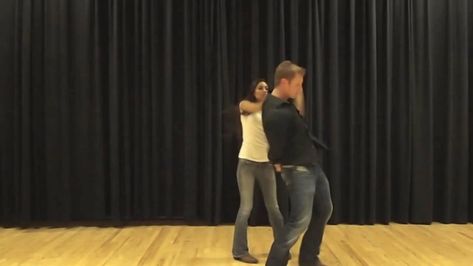
This is NOT Texas Two Step nor Country Two step!
It is it’s own form of two step thought. Confused?
Don’t worry we will make it clear as we go 🙂
What is Nightclub Two Step?This is NOT Texas Two Step nor Country Two Step!
To avoid confusion this dance has changed its name and is just known as Nightclub.
Slightly less confusing 🙂
Country Two Step Basic Patterns
Ok now it’s time to learn the Country Two Step Basic patterns In this beginner two step tutorial you’ll lean all the basic patterns you need to look great on the dance floor, even as a beginner! Lean the basic, the outside turns, the inside turns and the couples turns!
Country Two Step Beginner Patterns
Below is a list of individual patterns that you’ll need to know as a beginner. These are the country two step basics that you’ll need to know to feel comfortable in a honky tonk, dance hall or dance studio anywhere in the world! Sometimes two step is called traveling west coast swing.
Forward Basic in country two step
The man traveling forward and the lady backward in closed or open dance position, walking with a series of four walks to the basic timing of quick, quick, slow, slow. Walks may be dance with either a heel or toe lead. This is a debatable topic among many dance professionals, with camps on both side of the fence (or should I say foot)?! An alternate timing is to count by the numbers: 1, 2, 3, 5 (holding counts 4 and 6, as they are part of the slow beat).
Backward basic and transition from forward to backward for country two step
This is the same as the first pattern, except the man travels backward while the lady walks forward. To transition from the forward basic to the backward basic, there needs to be a few side steps or chasses to smooth the change of direction.
Lady’s Right Turn ending in Promenade for country two step
The man preps the lady for a right, or outside turn, on the second slow. He leads her spin on the quick, quick, and finishes in frame in the promenade position, with both the leader and follower facing the line of dance, ready for the next pattern.
Lady’s Left Turn to Wrap for country two step
The man preps a left or inside turn for the lady on counts slow, slow, by leading a subtle swivel action with his hands and body. The follower turns to the left on the quick, quick, with her arms wrapping up into the cuddle position around her waist.
Lady’s Right Turn to Back Line of Dance for country two step
The man follows the same procedure as the previous right turn for the lady, except finishes with both partners backing the line of dance. This is the preparation for one of the most popular basic patterns, often referred to as a weave or lace. The free arm may be stylized straight out to the side for both the leader and the follower.
Chasse to Forward Line and Back Line
A chasse (or side together side) is danced facing your partner, first ending in a cross over break line, and then repeated to end in the original line, backing the line of dance.
Patty cake Vine
This combines elements of the chasse with the popular grapevine, which cross back, side, and front. Lady’s left turn to back line of dance or face partners. An inside turn for the lady is a great way to transition to different positions on the floor and to end the current position. Inside turns are generally easier for the follower to dance well.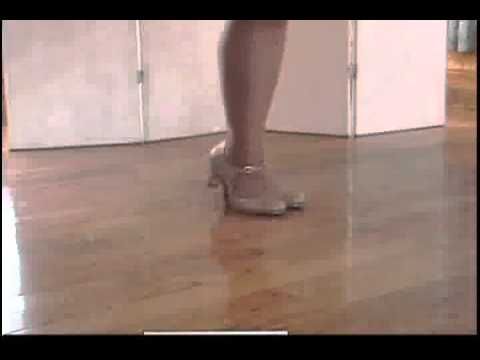
Check weave
This pattern is the heart of the dance. Many intermediate and advanced patterns stem from this one beginner pattern. So it is very important to master and understand the connections for this figure. This step involves an inside turn for the lady. This is similar to the check weave except is danced with a lady’s outside turn, instead of an inside turn.
Two Step Dance Moves
There are an endless set of two step dance moves you can learn. First you need to master the basics. Then the followers have to be comfortable with their spins and turns in two step. Once you’re comfortable, it’s time to start learning some new patterns. The best way to learn them is with a membership to our website. It’s like Netflix for Dancers! All the moves are laid out step by step so you never have to worry if the next pattern you’re learning is within your skill set. We’ve taken the guesswork out. Give it a try!
Country Two Step Music
Now that you’re dancing you’ll need some tunes to dance to. We’ve got you covered. On the other side you’ll get our top 10 Two Step Dance tunes as well as over 100 songs that you can practice to. We have lists for country music lovers AND music suggestions for non country music as well. Winner. See our Country Two Step Song List here.
The next big step in learning how to two step dance!
Inside our members area we have 0ver 500 instructional videos to help you learn all styles of country dance. Two Step, East Coast Swing, West Coast Swing, Cha Cha, Nightclub, Waltz and more. You can grab a free membership and get access to 50 videos to help you improve totally FREE. Grab your Free Membership
Country Two Step | Bella Ballroom
Also known as the Texas Two Step or Country Western Two Step, this popular social dance is a lot of fun.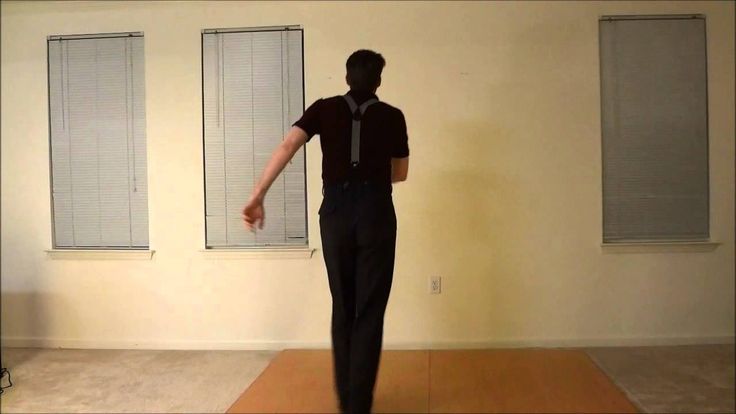 Danced with a partner, this dance is characterized by turns and improvisations and is typically danced to country music.
Danced with a partner, this dance is characterized by turns and improvisations and is typically danced to country music.
History of the Country Two Step
While it is unknown exactly when the country two-step was first created, it is agreed that the dance’s evolution was born out of a combination of already existing social dances. Country Two Step emerged out of the Foxtrot and the One Step. In the early 1800’s what was called a “two step” was known as a two beat waltz called the “valse a deux temps”. It’s believed that this two beat Waltz is the origin of the movement similar to a chasse in the modern day Country Two Step. By 1847, writer Henri Cellarius voiced that the “valse a deux temps” would be better called “deux pas” or as it is known today, “two step”.
In 1891, John Phillip Sousa who was well known for his musical creations composed the “Washington Post March”. The Two Step was danced to this music and became more popular. Dancers used the one step and the two step move to the music of the time more and more.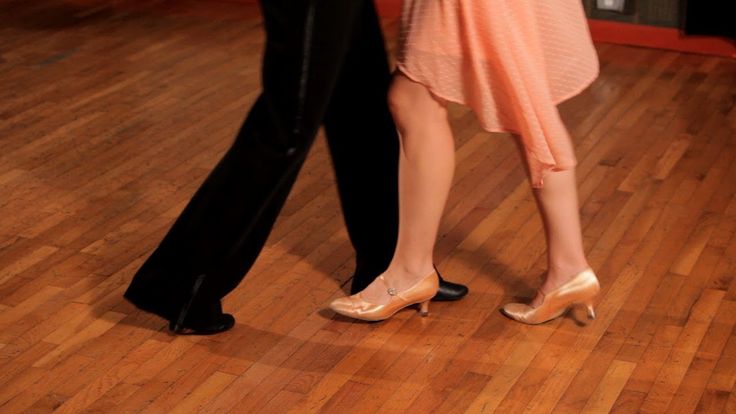 The two step of the 1890s looked quite different than the dance of the two step today
The two step of the 1890s looked quite different than the dance of the two step today
Country Two Step developed in the United States into what it is today with the fusion of the earlier known two step with the collegiate foxtrot. The collegiate foxtrot was a more carefree version of the traditional foxtrot and was popular in 1910 and again in the 1940s among the children’s square dancing community. As the young generation of square dancers grew older, this dance became a regular part of adult country dancing repertoire. As the two step entered into the Square dancing community it became associated with country music, it became known as the “Country Foxtrot” or “Texas Two.” Over the years, it developed into it’s own distinct style of Country dancing wherein Country-Two-Step and Texas Two Step dancers move counter-clockwise around the floor using a series of “Slow” and “Quick” steps.
In the 1970s movies like “Urban Cowboy” (which featured movie dance icon and actor John Travolta) popularized the two step even further.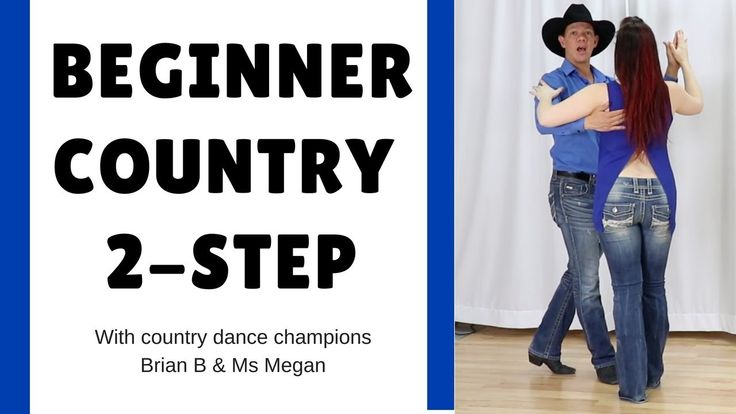 While the ballroom dancers that choreographed for the Hollywood films often integrated a few Foxtrot movements into the performances, they did not integrate the rise and fall of the Foxtrot. This gave the Two Step a distinct character. The flat-footed execution of the Two Step’s figures became even more pronounced with time making it quite distinct from its smooth foxtrot counterpart.
While the ballroom dancers that choreographed for the Hollywood films often integrated a few Foxtrot movements into the performances, they did not integrate the rise and fall of the Foxtrot. This gave the Two Step a distinct character. The flat-footed execution of the Two Step’s figures became even more pronounced with time making it quite distinct from its smooth foxtrot counterpart.
When the Two Step grew popular in Texas, dancers initially didn’t do the rotational patterns in the line of dance around the dance floor as they do today. They often danced from one end of the dance floor to the other simply by performing a series of turns. During this time dancers would often do the jitterbug, a non traveling dance, when they reached the end of the floor because they had run out of space. Eventually the Texas Two Step dance evolved beyond being danced only in a straight line into the dance it is today.
Country Two Step Today
Today the Two Step is a popular social dance known as a traveling dance that combines turns and complex patterns and fun improvisations around the dance floor. It has become very popular even though it’s was only developed in the 19th century and not as old as the other partner dances.
It has become very popular even though it’s was only developed in the 19th century and not as old as the other partner dances.
Two Step is danced in country themed bars and dance halls across the United States. Dancers also popularly practice and learn the Two Step in dance studios and ballrooms throughout the nation. Two Step dancing is often accompanied by country line dancing and country swing at dance events and country dance bars.
While Country Two Step is not a dance category of the official national international ballroom competitions, Two Step dance competitions are held by private organizations, businesses and dance tours. In a “Jack-and-Jill” contest, female and male participants within the same age and skill level division are randomly paired. The couples compete by dancing against each other even though the leader and follower of each pair may not even know each other. The results of assigned judges determine who the top performers are and the top dancers are awarded cash or other prizes.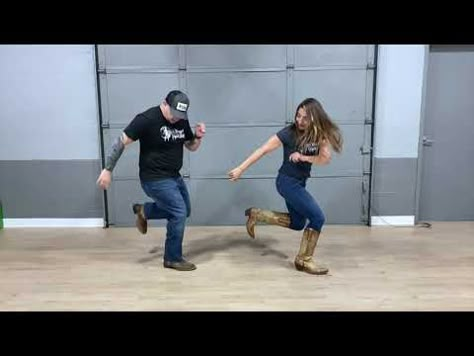
Country Two Step has gained national exposure on TV shows like “Dancing with the Stars” where two dancers performed a choreographed two step for critiquing judges.
Today, the Two Step is popularly danced to country classics and modern country pop. Partners will generally start in a closed position with the pair facing each other and the leader facing in the line of dance. Other popular country dance positions include the sweetheart, the shadow, the wrap, the skater, promenade and reverse promenade. While the dance is most commonly danced in steps of a quick, quick, slow, slow pattern, more complex and advanced figures can be syncopated and danced in other patterns such as quick, quick, slow, quick, quick, slow (QQSQQS) or quick, quick, quick, quick, slow, slow (QQQQSS).
Country Two Step Songs
- “Sold” John Michael Montgomery
- “Trouble” Travis Tritt
- “Let’s Go To Vegas” Faith Hill
- “Just to See You Smile” Tim McGraw
- “Little Bitty” Alan Jackson
- “Chattahoochie” – Alan Jackson
- “Fireman” George Straight
- “Redneck Woman” Gretchen Wilson
- “American Saturday” Night Brad Paisley
- “She’s Country” Jason Aldean
- “She Wouldn’t Be Gone” Blake Shelton
- “Little Bit of Life” Craig Morgan
- “Everyday America” Sugarland
- “Firecracker” Josh Turner
- “A Different World” Bucky Covington
- “Just to See You Smile” Tim McGraw
- “Toes” Zac Brown Band
- “Creepin’” Eric Church
- “Do You Want Fries With That” Tim McGraw
- “Long Black Train” Josh Turner
- “You Belong to Me” Taylor Swift
- “Dance With the One that Brought You” Shania Twain
- “Small Town Southern Man” Alan Jackson
- “Any Man of Mine” Shania Twain
- “Good Ride Cowboy” Tim McGraw
- “Feels Like Love” Vince Gill
- “Back When” Tim McGraw
- “Why Why Why” Billy Currington
- “Beer in Mexico” Kenny Chesney
- “Fore She Was Mama” Clay Walker
- “Watching You” Rodney Atkins
- “Come On Over Tonight” Brad Paisley
- “Welcome to the Future” Brad Paisley
- “Redneck Women” Gretchen Wilson
- “Country Boy” Alan Jackson
- “Chasin’ That Neon Rainbow” Alan Jackson
- “Out Last Night” Kenny Chesney
- “I Don’t Work That Hard” Blaine Jackson
- “Love Don’t Live Here” Lady Antebellum
- “I Finally Found Somebody” Kenny Chesney
Which dance has become a symbol of Texas? Vovet.
 ru
ru dance answers crossword texas symbol
Only in September: get a credit card for a promotion with a bonus of 2000 rubles. and year without % Get a card
Crossword from the newspaper Arguments and Facts No. 20 for 2016 (6 letters).
praise 3 Complain
2 answers
It is very difficult to name a dance that is considered to be a symbol of Texas, the culture of America has developed from the cultures and traditions of many nations, and as a result of this mixing, many dances were born that are now considered American. Each state of America has its own symbols, usually there are several of them, so among the symbols of Texas there is a dance, the name of which, unfortunately, does not fit the answer - this is Square Dance.
When I was looking for an answer to a question, I came across the name of the Two-Step dance, which is popular both in America and in Europe, however, Europeans learned about it much later, the name of the dance was completely suitable for the answer.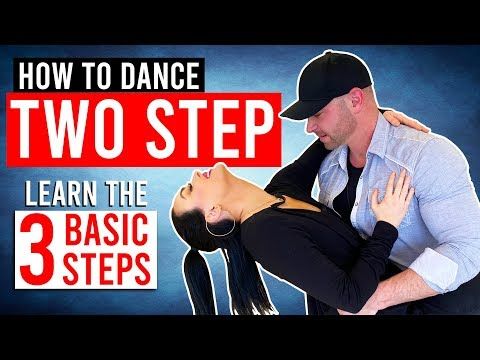
The name Twostep, which means double step, is an American ballroom dance.
TUSTEP - the correct answer, the next task of the crossword puzzle will be like this
Hussars' fur hat What is it called?
Which of these professionals is not called the word "composer" (cm)?
Which perch has become the symbol of Australia?
What medicine for malaria did the Europeans adopt from the Indians (5 letters)?
praise 0 Complain
Cinematic joke
Do you recognize a shot from the famous vaudeville (musical comedy), "Wedding in Malinovka"? Here, such a colloquial incident happened, where Yakov taught a new “pa” to a local “girl”. Well taught, I must say. Only with the name I forgot a little, replacing the "two American steps" with the steppe. The heroine, however, was not very sad and began to learn this dance with pleasure, which, judging by the question, is a symbol of one of the US states, or rather, we will talk about Texas.
Question from "Arguments", which means, as usual, tricky. The crosswordists of this edition are famous for their intricate wording, which is not always possible to guess on the first try.
Here, too, it seems that on the surface everything is in the public domain, but the answer is not quite standard. To Texas, its history of relations with America had to be reached in order to enter the name of the dance.
What is danced in Mexico
I will not say that this particular dance in the form that it has become a symbol of Texas was or is being danced in Mexico. But it is also not entirely correct to dispute the fact of the folklore influence of Mexico itself on his education. After all, Texas is a disputed territory that Mexico considered its own, and the United States made its own. That's why the Mexican "genes" are in this Texas dance symbol. However, the German genes also influenced this dance, which is why a certain symbiosis arose in the image of the two-step (this is the answer).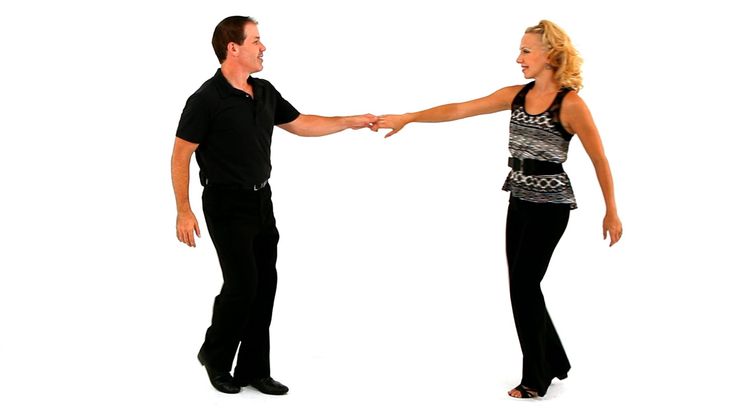
And since the dance itself is quite simple, it took root in the southern states, where local cowboys with beauties danced it with pleasure in bars. By the way, based on the two-step arose such a classic ballroom dance as the foxtrot.
For dance lovers, a fun fact about the name of one of the steps in tap dancing or tap dancing, for lovers of history or local flora, a plant question about which tree became the symbol of Texas?
praise 0 Complain
Answer and earn:
characters:
Dance resource: Dances, dance. Dancing and about dancing
Argentine tango
Terminology (mainly from the tango federation website http://www.tango-federation.com. Terms from other sources are in small print or italics)
Adornos
Jewelry. Graceful small movements of the legs, which, as a rule, are not shown by stamps.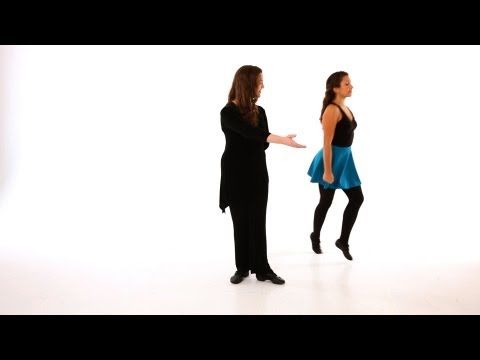 Partners are usually decorated more than partners. Adornos often enable dancers to express their music in a more subtle and sensual way than with simple steps.
Partners are usually decorated more than partners. Adornos often enable dancers to express their music in a more subtle and sensual way than with simple steps.
Amague (Amague)
Fraudulent movement. Movement when the partner beckoned the lady, and he went the other way.
Arrastre
Hold, foot displacement on the floor.
Baldosa /Ceramic tiles/ Square figure
Barrida
Foot shift of partner's leg (or vice versa) along the floor, like sweeping with a broom. It can be performed in a straight line or in an arc, forcing the partner to rotate on one leg around her axis.
Base (Base)
Steps called "Foundation" include step forward, side, side
Boleo (Boleo)
A movement in which the partner, by changing direction, creates an impulse that causes the partner's free leg to oscillate along the floor (low boleo) or, if the impulse is given with more energy, upwards (high boleo). The change of direction can be done during a normal walk (resulting in a linear boleo) or with twisting of the body (circular boleo).
Cabeceo (Cabeceo)
In traditional milongas, men invite women to dance by catching their eye and nodding towards the dance floor. If the woman nods back, the man crosses the hall and approaches her. The woman remains in place, waiting for her partner to approach her. See also Codigos.
Cadena
A chain of steps forward-side-back-side, usually performed sideways along the line of dance.
Calecita
Steps in a partner's circle around a lady and vice versa
Caminada (Caminada)
Walk. Steps along the line of dance.
Corrida (Corrida)
Running, jogging, short forward step sequence
Corte (Korte)
Interrupted movement in any direction
Colgada
Off-axis movement of two partners with one axis in the middle. Partners, as it were, form the letter "V".
Comme Il Faut
In addition to being the name of a tango song, it is also a brand of expensive and, of course, beautiful women's tango shoes.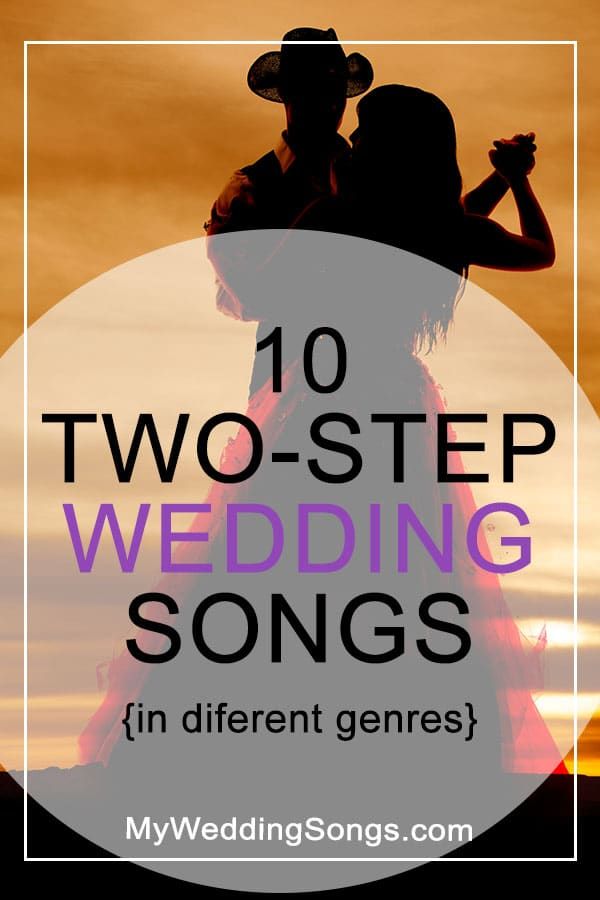 Known for their dizzying heel heights (8 and 9cm), which has since been adopted by most other brands of tango shoes.
Known for their dizzying heel heights (8 and 9cm), which has since been adopted by most other brands of tango shoes.
Cortina (Cortina)
See Tanda.
Cruze (Kruse) also Cruzada
Cross. Basic figure in tango. One leg crosses the other
Сunita (Kunita)
Swing. It is carried out according to the principle of a rocking chair, a step is taken with a return back
Dissociation
Conditional division of the dancer's body into two parts, upper and lower, which move independently of each other, and the movement is not transmitted from one part of the body to another. Whereas in classical dance ballerinas often spin as a unit, in tango dancers almost never spin as a unit. Instead, the dancer will initiate the turn by first twisting the torso and then allowing the lower body to follow, turning the hips and finally pivoting on the floor. This spiral movement is very characteristic of tango. The movement begins in the upper body, passing through the embrace from partner to partner.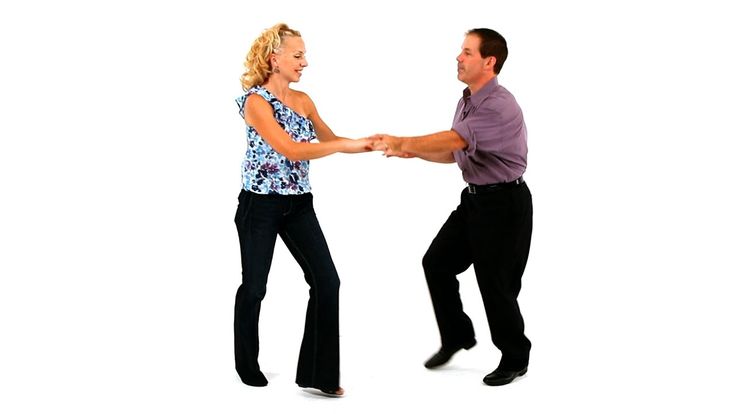
Embrace
The partner hugs the partner with the left hand. Her left hand either "holds" her partner's shoulder blade or (usually in an open embrace) holds her partner's upper right arm. Her left arm can be anywhere from her neck to her lower back. The partner hugs the partner with his right hand. The breasts may touch. Most tangueros dance and perform simple steps in a close embrace, maintaining chest contact, but can also open their arms with giros and other similar steps. In the milonguero style, both sides of the partner's chest touch the partner. In other styles, typically only one side of the chest makes contact. The choice of hugs is primarily a matter of personal preference and comfort, all this is individual for each couple. Ideally, a tango hug should feel like a real hug, while still allowing freedom of movement.
Enrosque
A movement in which the legs rotate around each other. Usually held as a decoration on partners when performing a Giro.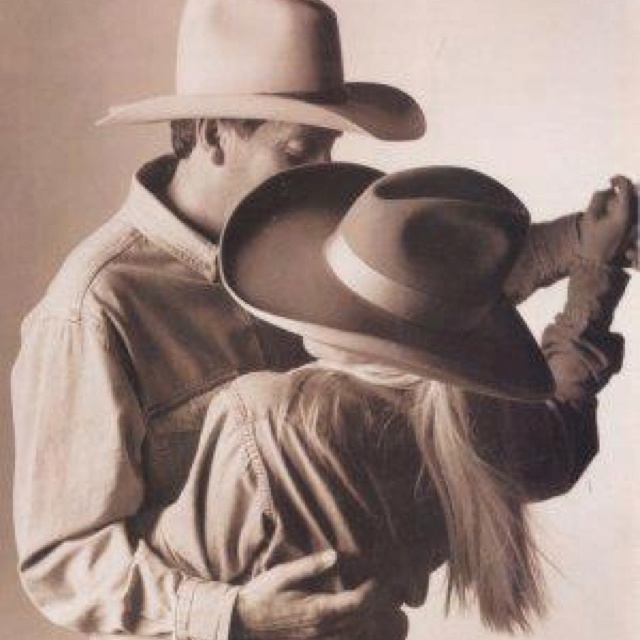
Entrada
"Intrusion" into partner/ra territory
Firulete (Decoration)
Small foot movements that adorn the dance
Exhibition
Performances of the maestro at the milonga. Couples usually dance two dances, followed almost always by at least one, rarely two, encores. Performances can be staged or improvised. Tango performances at milongas usually have nothing to do with escenario tangos performed on stage.
Gancho (Gancho)
A movement in which one of the dancer's legs strikes the partner's leg and bends into a hook. This usually only happens when the dancer steps into the other partner's interior space. Some teachers feel that Gancho should not be marked by the partner, but should be performed when the leg position allows him to comfortably execute the figure (although this is extremely rare). This step is not often seen in milongas, but it is a common feature in tango escenario and in tango shows in milongas.
Giro (Hiro)
A spin in which the lady goes around the partner who, in turn, forms the center of the spin. However, the partner can also walk around the partner, or both of them can walk around the common center.
Golpes /Kick/ Decoration, toe tapping on the floor
Golpecitos /Gentle blow/decoration tapping with the base of the shoe on the floor
Lápiz (Lapis)
An ornament in which the free leg describes a circle on the floor.
Llevada
Figure, when the partner on the thigh "carries" the partner's leg
Media giro
Half turn around the partner (woman)
Mordida (Mordida) or Sandwich
Sandwich. The foot of one partner is between the two feet of the other. If his feet are crossed, then this is an upside down sandwich.
Miolonga
Meaning 1. Dance evening where tango, tango waltz and milonga are danced. Meaning 2. A style of music related to the tango, but with a more discontinuous main rhythm and usually (though not always) a faster tempo.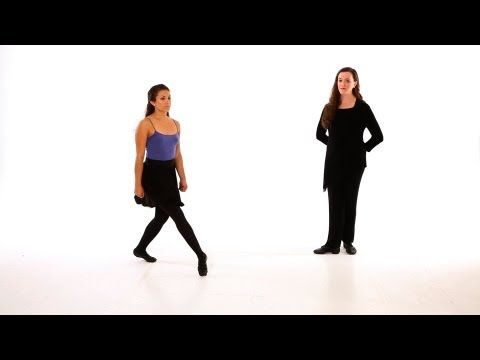 It is believed that the milonga dance is the progenitor of tango. Almost everyone who dances the tango also dances the milonga, although usually with slightly different steps.
It is believed that the milonga dance is the progenitor of tango. Almost everyone who dances the tango also dances the milonga, although usually with slightly different steps.
Milonguero
Meaning 1. A person whose life is entirely devoted to tango and its philosophy; carrier of authentic Argentine tango. Mealing frequenter. Meaning 2. Dance style. See tango milonguero.
Ocho (Ocho)
Turn steps similar to 8. Ocho back and forth. Step to the side with turning the torso towards the partner and turning the hips in the direction of the step (see Dissociation). Performed by both partners, it is one of the most characteristic movements in tango.
Ocho cortado (Ocho Cortado)
Interrupted eye. Stopping the ocho and leading back through the cross.
Orquesta Tipica (Tipica Orchestra)
Traditional tango orchestra, consisting of four bandoneons, four violins, piano and double bass. In tango, music is usually distinguished not by the composer, but by the orchestras that perform it.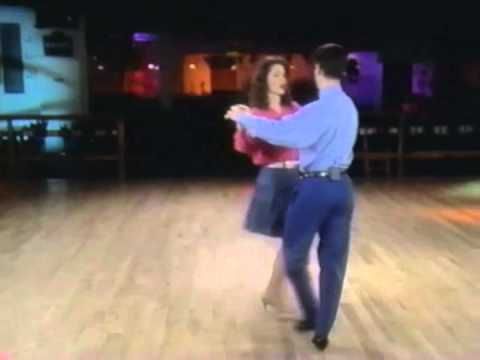 Different orchestras have different, special manners of performance. Each orchestra is named after its conductor. Thus, the tango “according to Biaggi” is the music played by the Rodolfo Biaggi orchestra (and Biaggi himself was their pianist). Many tangos are performed by singers, and it is also customary to determine the singer when defining the music. Tanturi-Campos, for example, is the orchestra of Rodrigo Tanturi and the singer Enrique Campos, while Tanturi-Castillo is the same orchestra, and the voice of Alberto Castillo.
Different orchestras have different, special manners of performance. Each orchestra is named after its conductor. Thus, the tango “according to Biaggi” is the music played by the Rodolfo Biaggi orchestra (and Biaggi himself was their pianist). Many tangos are performed by singers, and it is also customary to determine the singer when defining the music. Tanturi-Campos, for example, is the orchestra of Rodrigo Tanturi and the singer Enrique Campos, while Tanturi-Castillo is the same orchestra, and the voice of Alberto Castillo.
Parada
Stopping the lady's leg with the man's leg. Often used at the end of a Giro. As a rule, the partner gives the mark to the partner when to resume the movement. The parade may often enable the woman to wear adornos (decorations).
Piernazos (Piernasos)
A high gancho done around the partner's back or thighs with the free leg.
Planeo (Planeo)
Circular movement of lady with free leg gliding along the floor or slightly in the air
Practice
Informal class in which students work out the learned figures in the presence of teachers. Designed for independent work. Teachers only correct, prompt and give advice on working out the studied material.
Designed for independent work. Teachers only correct, prompt and give advice on working out the studied material.
Sacada
Steps in which one of the partners invades the space of the other, thereby displacing his leg. This often results in the partner's free leg making an arc along the floor.
Salida (Salida)
Basic step, first steps in tango, from "Salimosa bailar" - "Shall we dance?" Eight basic steps.
Soltadas
The breaking of the embrace.
Tanda (Tanda)
In the milonga, the music is usually played in sets of three to five pieces, separated by short Cortinas. Tracks in tanda are almost always joined by the same orchestra, from the same period of composition (if the orchestra covers different periods and styles) or by the same singer. As a rule, dancers leave the dance floor during Cortina and change partners at the beginning of the next tanda.
Tango Escenario (Stage tango)
As the name suggests, the stage show tango is characterized by large, bright figures.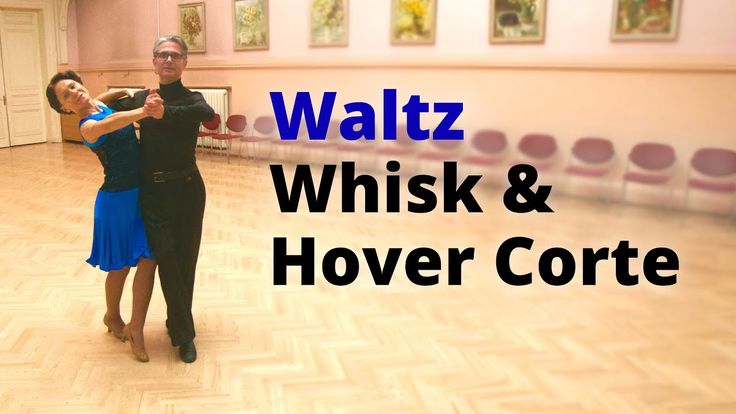 Often includes acrobatic moves, lifts and jumps, and sometimes blends tango with other genres such as classical ballet and modern dance. Some of the movements are adapted to the space of the stage as the social tango is danced counterclockwise around the dance floor. May also include a degree of theatricality. Very different from the traditional tango in the milongas. Tango escenario, as a rule, was staged, while social tango was improvisation.
Often includes acrobatic moves, lifts and jumps, and sometimes blends tango with other genres such as classical ballet and modern dance. Some of the movements are adapted to the space of the stage as the social tango is danced counterclockwise around the dance floor. May also include a degree of theatricality. Very different from the traditional tango in the milongas. Tango escenario, as a rule, was staged, while social tango was improvisation.
Tango Milonguero (Tango milonguero)
Style in which partners dance in a very close embrace
Tango Nuevo (Tango Nuevo)
Style characteristic of the dancers Gustavo Naveira and Chicho Frumboli. As a rule, they dance in open arms, and often with more elastic movements. Some steps are especially popular among nuevo dancers: movement features in which the partner is off-axis, leaning against each other (volcada) or away from each other (colgada).
Tango Salon (Tango Salon)
A style in which the couple gently opens and closes their arms as they dance. One hallmark of a tango salon is the pivot. A striking example is the Giro, in which the lady walks around her partner in an open embrace while he stays in place, often adorned with enrosques and planeos.
One hallmark of a tango salon is the pivot. A striking example is the Giro, in which the lady walks around her partner in an open embrace while he stays in place, often adorned with enrosques and planeos.
Tangotonin (Tangonin)
A hormonal neurotransmitter that dancers release in large quantities when performing a particularly beautiful tango. Although scientists have not yet been able to determine its chemical structure and find its receptors in the brain, empirical evidence shows that its action is powerful, dangerous and addictive.
Tango Vals (Tango Waltz)
Based on an Italian waltz. This is a style of tango music with a 3/4 rhythm (the tango itself is traditionally written in 2/4 and is often called Dos por Cuatro for this reason).
Tango show
Performances by the maestro. As a rule, the tango dance is escenario. The cost of such performances is high, but the level of tango performance is also inimitably high.
Traspie (Traspi)
From a word that literally means "to stumble.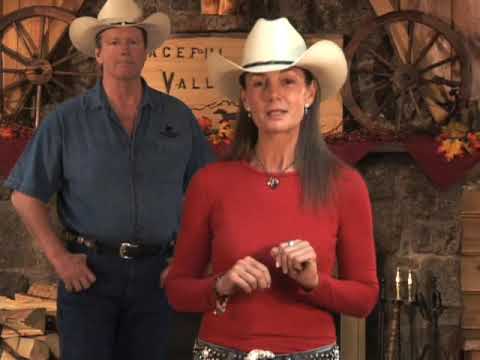 " Traspié is widely used in milongas and can also serve as a decoration.
" Traspié is widely used in milongas and can also serve as a decoration.
Volcada (Volkada)
Lady moving off axis, weight given to partner. Partners, as it were, form the letter V.
Lesson one
Music
Every dance has its own music, and you can't become a good dancer without developing a feel for that music. Other pages have enough information about what kind of music is suitable for Argentine tango and where to find it.
But you can start learning tango right now with the music you have. Choose something with a slow and steady rhythm. Listen to the music and count the beats: ONE two THREE four ONE two THREE four. The ONE and THREE counts mark the strong beats of the music and should be about a second apart.
You can use American tango, slow foxtrot, rumba, and even slow rock or symphonic music if their characteristic rhythm is subtle enough to be ignored in relation to Argentine tango.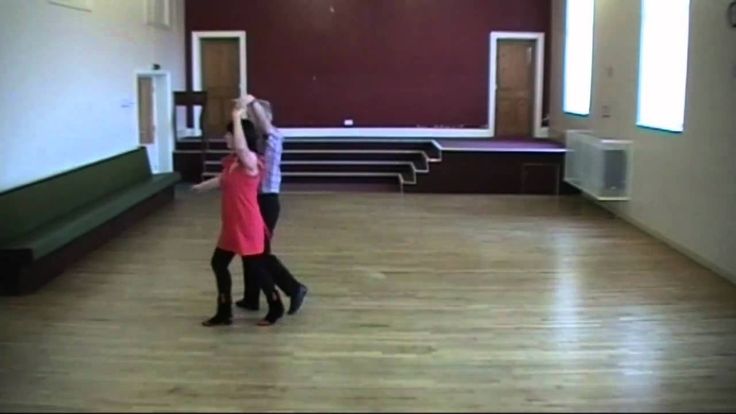
Steps
Steps are the basis of most tango figures. Therefore, it is quite simple to start dancing right away, although behind this simplicity lies an unexpected complexity.
First, turn on the music, close your eyes and mark each main beat. Then start stepping in place on each main beat. When you feel the natural movement in this rhythm, open your eyes and walk along the perimeter of the room, trying to step on each main beat. Don't worry about anything else, just try this SLOW SLOW rhythm for a few minutes. This rhythm is the basis for tango, although as you learn you will learn how to diversify your dance by changing this basic rhythm.
Now walk a little more. This time, move counterclockwise along the edge of the dance floor. This is called a "line dance"; she helps the dancers avoid collisions. (If other couples make it impossible or dangerous to move along the dance line, you can briefly move against it or even cross the free center of the dance floor and then continue along the dance line. ) Place obstacles in your path representing other couples (or imagine them ), and change your direction left or right to avoid them.
) Place obstacles in your path representing other couples (or imagine them ), and change your direction left or right to avoid them.
Style
Argentine tango uses some of the step patterns found in other dances, such as free foxtrot, paso doble, quickstep and even the Texas two step! But you can instantly tell these dances from tango by the way the dancers move and interact with their partners.
Try to walk around the room without music, starting from the front of the foot, and not from the heel, as is usually the case when walking and in other dances. This will make you feel like a big jungle cat. Imagine this cat while working on various aspects of the tango style, and soon your body will automatically move correctly as soon as you remember this image.
Now try to move BACK along the dance line. Turn your head to the side so you can see where you are going. Women should look to the right, men to the left. Straighten your leg a little more than you normally would and move back a little further than seems natural at first glance. This will help you avoid hitting your partner's knees while dancing. It will also add "cat-like" to your steps.
This will help you avoid hitting your partner's knees while dancing. It will also add "cat-like" to your steps.
Whether you're walking forward or backward, keep your weight over the front of your feet. You can try walking on your toes to develop the stabilizing muscles in your fingers, feet, and ankles more quickly. It will also help you develop the habit of dancing so that your weight is shifted forward. But when you're actually dancing, don't do it on your toes, it's too tiring and won't let you get used to using heels, which is necessary when doing the more difficult parts of tango.
Hug
No other dance brings people closer than the Argentine Tango, both emotionally and physically. Part of that is the dance position. Your faces are turned in the same direction (female to the right, male to the left), so that you are dancing almost cheek to cheek. You hug each other throughout the dance.
Stand with your partner (real or imaginary) in standard dance position. Keeping your body straight, shift your weight to the front of your feet. This one will bring you slightly closer to your partner, helping to pair you up.
Keeping your body straight, shift your weight to the front of your feet. This one will bring you slightly closer to your partner, helping to pair you up.
The partner pulls the partner towards him with his right hand embracing her back. The partner lowers her left hand to the upper part of the partner's arm above his biceps and pushes away from him. Both attraction and repulsion should be as gentle as possible, while remaining tangible.
Extend the other hand (for women - right, for men - left) to the side, as is usually done in ballroom dancing. Don't let your hand "drain" like it's filled with lead, or dangle like wet pasta. Instead, apply very light pressure to your partner's arm. During practice, you can keep the palm of your "balance" hand flat against your partner's palm, rather than squeezing it. Then each loss of pressure will cause your hands to move relative to each other, giving you the opportunity to instantly feel the problem and correct it.
Try to dance with an imaginary partner with your hands and palms correctly positioned.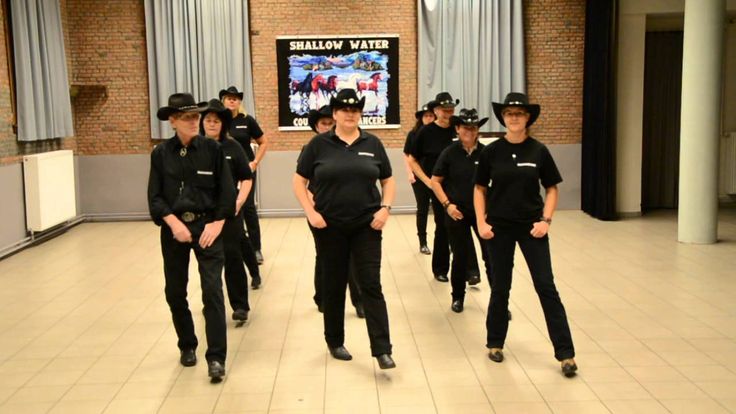 This will strengthen your muscles and create the habit of holding a good hug without thinking about it.
This will strengthen your muscles and create the habit of holding a good hug without thinking about it.
Now try to move along the line of dance with your (real or imaginary) partner, the man forward, the woman back. Try it without music first, trying to keep a good connection with your partner. Keep your head up and slightly turned to the side, paying attention to your surroundings and to your partner. Now turn around so that the man is moving backward and the woman is moving forward, and practice some more.
Finally, turn on the music and move to the beat. Try to do everything the way you've learned, but don't push yourself too hard. Instead, try to have fun. The fact is that you dance, and learning to have fun is also part of learning to dance.
Figure elements
If you study with several teachers and go to tango evenings in a big city, you see literally hundreds of figures. It can be daunting if you don't realize that these complex shapes are made up of simple combinations of just a few simple shapes.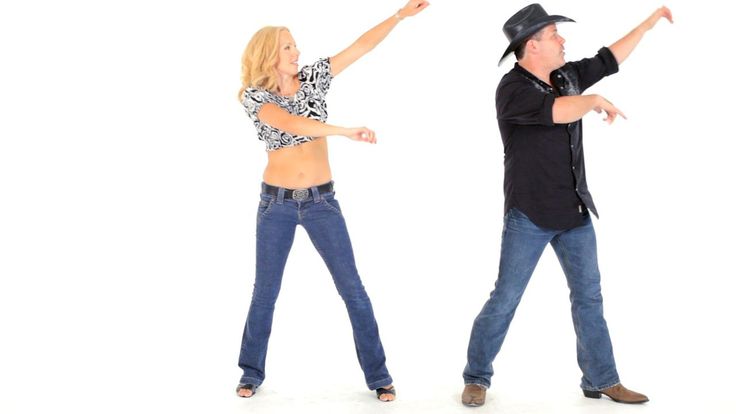
The simplest and most basic tango figure is la Caminata (The Walk), you have already done it. Now you will see how it enters the system of dance figures. Knowing this system, you can quickly learn new shapes and create your own.
| Element "Walking" - two-step passage. It has several versions; the most widely used is el Paseo ("The Walk"). To perform this element, stand in the starting position. This means that your feet are pressed against each other, and the bulk of your weight is transferred to one of the feet, allowing the other to start moving. The partner takes a step back with her right foot, then back with her left. The partner goes forward with the left foot, then again forward with the right. Do not leave your feet unconnected after the second step. Instead, bring your free leg (right for ladies and left for partners) to the leg you are standing on. Don't put your weight on your free leg. |
| ||||||
Shapes can be modified in many ways. One of them is by changing the length of each step.
| For example, if you take both steps of the previous figure in place, without moving anywhere, you will get la Cadencia ("Cadence step"). This is an important figure, although it may not seem so now. Do not forget her, in the next lessons we will devote more time to her. |
| ||||||
| If you take the second step of the two-step walk in place, near the other leg, you get la Caza ("Pursuit" or "Chasse"). If you change the direction of the second step, thus returning to the starting position, you get la Cunita ("Lullaby" or "Swinging" step). |
| ||||||||||||
Try each of the four two-step walks for a minute or two, taking breaks in between to make sure each is done correctly. Concentrating each time on some one option, you can quickly master them.
Concentrating each time on some one option, you can quickly master them.
Improvisation
In Argentine tango you don't have to do the standard figures in the standard sequence. Instead, you create new shapes and combine them in ways that are new to you. Creativity and improvisation are more important to good dancers than getting the figures right. (At the beginning of learning tango, only the partner, i.e. the one who leads, improvises, but when the partner becomes more skillful, she can also start to improvise)
Because all two-step variations start and end with the weight on the same foot, you can combine them in any number and in any order. Try to do it. For example, two "walks", a "chasse", a "walk" with a 90 degree turn to the left (as if following the turn of the dance floor boundary) and another "walk".
End with three or four or five "rocking" steps, turning left on each step to make a total 360 degree counterclockwise turn. This figure is called las Cunitas (cradle rocking step). It can be used when other dancers are blocking your path (you can also rotate clockwise, turning right at each step).
This figure is called las Cunitas (cradle rocking step). It can be used when other dancers are blocking your path (you can also rotate clockwise, turning right at each step).
Note the feeling each shape creates. "Walking" allows you to move smoothly and creates a feeling of fluidity. "Chasse" creates a harsher feel. It can be used to mark the end of a musical phrase, just like you use a comma or space when writing. The "rocking the cradle" figure can express tenderness, as it gives the gentle sensation of rocking the baby in the cradle.
El Circulo ("Circle") is another simple figure made up of two steps. Just do two (or three or four) "walks", turning to the left after each step, thus completing the circle where you started it. (You can also turn right). Like the "swinging" figures, the "circle" allows you to continue dancing if you are blocked in all directions, but it gives you a different physical and emotional experience.
Dance
So far you have been learning to understand tango better and have practiced the technique. But tango is not only a mental or physical activity. It also has an aesthetic, emotional and social side. To understand this, you must dance, at least alone with yourself, even if you only have an imaginary partner.
But tango is not only a mental or physical activity. It also has an aesthetic, emotional and social side. To understand this, you must dance, at least alone with yourself, even if you only have an imaginary partner.
So put on some music that you and your partner like, or wait for it if you're in a milonga. Hug your partner, but don't move right away and don't wait for the movement to start. Open up the space within you and let the music fill it up so that it becomes part of you. Let your body bounce very slightly to the beat of the music. Enjoy the melody and singing, if any.
Also focus on your partner and your connection with him. Try, but not too hard, to create a good hug. Listen to his body language and imagine how he might be feeling right now. Enjoy the feeling of your arms around him and his arms around you.
If you are leading a dance, start moving when you feel it is time to do so, not before. If you are a wingman, don't worry about getting started. Resist (as weakly and gently as possible) the leader's efforts. This will actually help him lead you and make it easier for you to follow him.
Resist (as weakly and gently as possible) the leader's efforts. This will actually help him lead you and make it easier for you to follow him.
Keep your head straight and pay attention to obstacles and others, but do not concentrate too much on this. You've trained all your life to protect yourself and others. If you happen to run into another couple or partner, say "Sorry!", but don't make too much of it - after all, you didn't kill or maim anyone!
When you or someone else makes a mistake - and it happens to everyone, regardless of skill - do not try to analyze or correct it. You came to dance, not to analyze or practice technique. Just get out of the situation as discreetly and beautifully as possible, and continue to dance. When you get better at getting out of erroneous situations, you will be less afraid of them. At the same time, you may even find new steps for yourself.
In the process of dancing, imagine yourself as a big cat, and your body will automatically begin to move in the correct style for tango.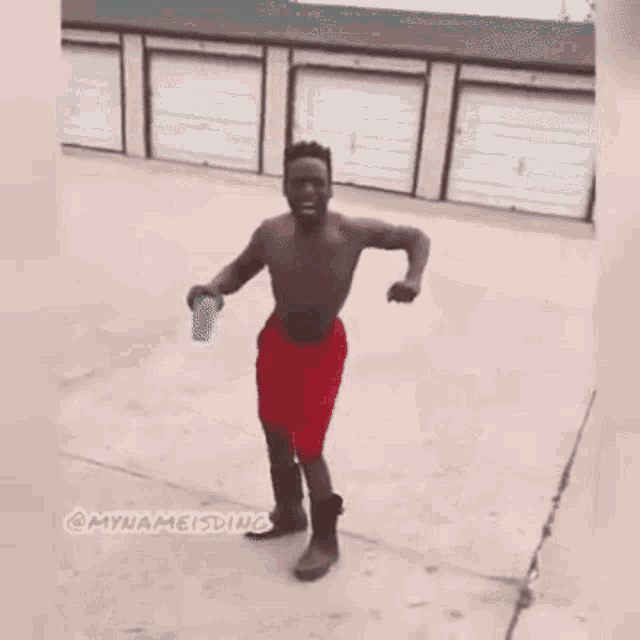 Imagine yourself as strong, graceful and beautiful as a cat. Often people begin to feel, move and even look the way they imagine it to be.
Imagine yourself as strong, graceful and beautiful as a cat. Often people begin to feel, move and even look the way they imagine it to be.
Soul of tango
Each dance has its own unique taste. Over time, as you learn, practice and dance tango, things will become easier and more automatic. Then you can feel better el alma del tango - the soul of tango.
It is a mixture of several essences: the flow of creativity that comes from the extraordinary freedom of improvisation in tango, the fluidity and precision cultivated by the style of tango, the almost operatic intensity of tango music and the emotional intimacy with a partner.
These sensations, more than the mastery of the movements, are the essence of the Argentine tango dancer. And when you start feeling it, you will become it.
Lesson two
Music
At the beginning of its popularity in Argentina, tango orchestras played with a very pronounced, unchanging rhythm.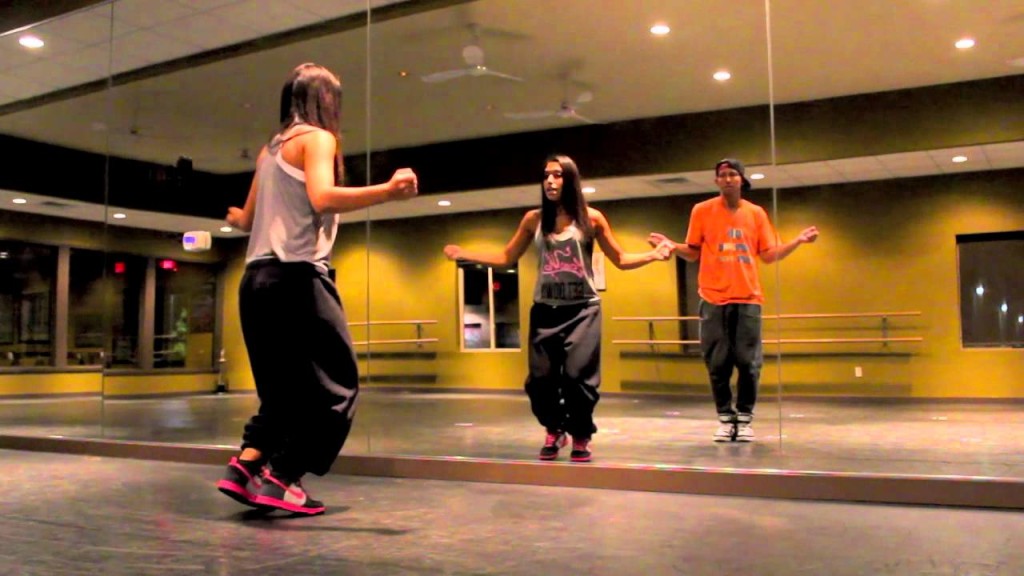 To this music, for example, you can only dance all the time la Caminata , a tango step. By the 1940s, the "Golden Age" of tango, when this music and this dance became very popular in Argentina, orchestras began to play more complex versions.
To this music, for example, you can only dance all the time la Caminata , a tango step. By the 1940s, the "Golden Age" of tango, when this music and this dance became very popular in Argentina, orchestras began to play more complex versions.
For example, musicians can mark the beginning and end of a piece of music by changing the volume or tempo. You can respond to this in a variety of ways. One of them is to use basic figures that convey the feeling of beginning and ending.
Salida
The figure marking the beginning is called Salida . The commonly used Salida is a two-part U-shaped figure.
Start in a neutral position (feet connected) with weight on BOTH feet. In tango, you can start a new figure on any foot and in any direction. Distributing the weight on both feet will help you do this.
| First part Salida - single step back - one step in the direction against the line of dance. The second part is a double L step. If you are the partner, step to the side with your right foot, bring your left foot to your right, and step back with your left. If you are a partner, step to the side with your left foot, bring your right foot to your left, and step forward with your right. Complete the movement with your free leg, bringing it to the supporting leg. |
| ||||||
Tango ending
After Salida you can make several other figures.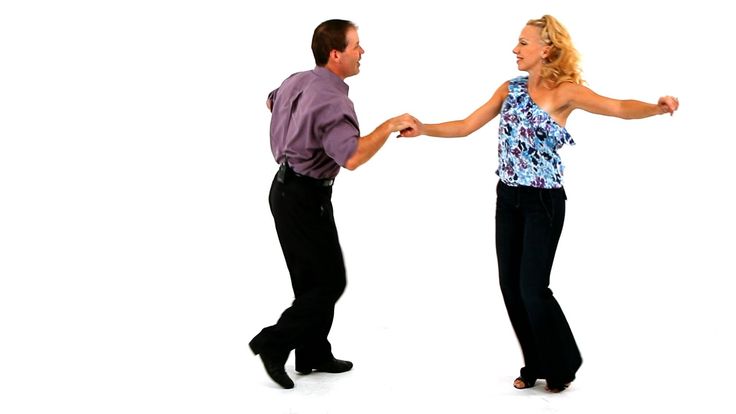 Then, when necessary in accordance with the music, complete the series of figures you are performing with the final one.
Then, when necessary in accordance with the music, complete the series of figures you are performing with the final one.
The most commonly used three-step figure is called la Resolucion (Resolution). It is also often referred to as "the Tango Close" because it is similar to the European Tango figure of that name.
| The lady walks back with her right foot, brings her left foot to her right and walks towards her left, then brings her right foot to her left and completes the figure, distributing the weight on both feet. The partner walks forward with the left foot, brings the right foot to the left and walks towards the right, then brings the left foot to the right and completes the figure, distributing the weight on both feet. |
| ||||||
It is very important to complete the figure so that the weight is distributed on BOTH legs. This prepares you for the next series of figures, which can start on any foot and in any direction.
This prepares you for the next series of figures, which can start on any foot and in any direction.
Practice and variations
Now start practicing these figures. Do a U-shaped Salida , stopping for a moment in a neutral position after a back step and after an L-shaped step. This will help you remember that these are two different figures. Then do Resolution and stop again. Now repeat this several times without stopping inside Salida . Do a few more repetitions, this time stopping only after Resolution . Do not forget that you need to start and finish the figures by distributing the weight on both legs.
Now repeat the figures several times without any pause at all. You will start to approach the edge of the dance floor and other obstacles, so you will have to change direction to avoid collisions. You can do this by turning left or right. You can turn before or after any step (as well as AND before AND after).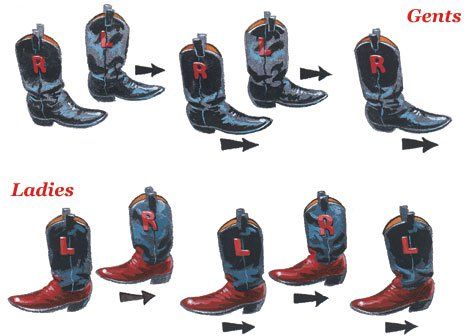
Practice with the following example. Before the first step Resolucion Turn 45 degrees (an eighth of a full turn) to the left (counterclockwise). Immediately after the first step, turn another 45 degrees to the left. In general, you will turn 90 degrees. Now do the last two steps Resolution . This variation can be useful, for example, when you come to the right corner of the dance floor.
Experiment with rotations at different moments Salida and Resolucion , and with different rotation angles. You may find that turning more than 45 degrees is more difficult and requires extra effort to stay connected with your partner. Don't let that stop you from trying big angles, just be prepared to put in more effort to do it well.
Other variations
In addition to rotations, you can modify complex shapes by adding or deleting some of the simpler ones that make them up. For example, when you start dancing at the beginning of a new piece of music, you usually don't want to take a step back in a U-shaped Salida because other couples are already dancing and may not notice this movement of you against the line of dance.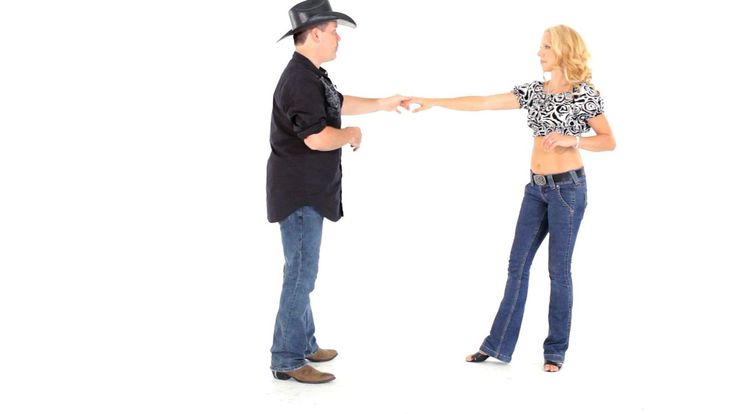
Try also to eliminate L-pacing by only stepping back and Resolution . Turn 45 degrees to the left after stepping back and another 45 degrees when starting the first step Resolucion . This will rotate you 90 degrees, making a U-shaped rectangular shape. This figure is needed for rounding corners. You can also make several of these shapes if you want to turn at large angles.
You can also add shapes to complex compositions. For example, between Salida and Resolucion , you can add any number and combination of two-step passes, as they all start and end on the same foot. These include L-shaped pacing, "Walk" ( Paseo ), "Cadencia Counting Step" ( Cadencia ), "Chasse" ( Caza ) and "Swinging" Step ( Cunita ) that you learned in the first lesson.
Dangerous step back
It is dangerous for the leader to take a step back, especially against the line of the dance.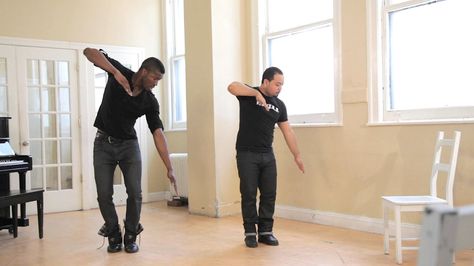 There are several ways to neutralize this danger. One of them is to be especially attentive when the host takes a step back and be ready for a collision. This applies to both women and men. Following the leader should not be passive, and if you see that the leader may collide with someone or something, you must resist. The leader, if he understands anything, will appreciate your help.
There are several ways to neutralize this danger. One of them is to be especially attentive when the host takes a step back and be ready for a collision. This applies to both women and men. Following the leader should not be passive, and if you see that the leader may collide with someone or something, you must resist. The leader, if he understands anything, will appreciate your help.
Sometimes you may not step back into Salida , but not always; it is too widespread. And besides, it is useful for performing complex figures in the small space left to you when many couples are dancing. As you already know, often when starting a movement with a new piece of music, this step is skipped. You can also change it to a single step forward, with the partner walking back with the left foot and the partner walking forward with the right. Try this now a few times, changing the start Salida from one step back to one step forward and vice versa.
Another way to take a safe step back is to start from a position where the partner is turned against the line of dance.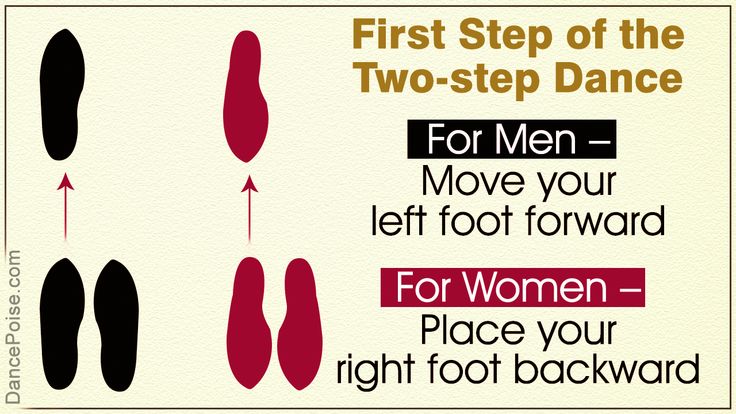
 This will bring you back to the starting position, balancing you so that you can do another two-step pass or some other piece.
This will bring you back to the starting position, balancing you so that you can do another two-step pass or some other piece. 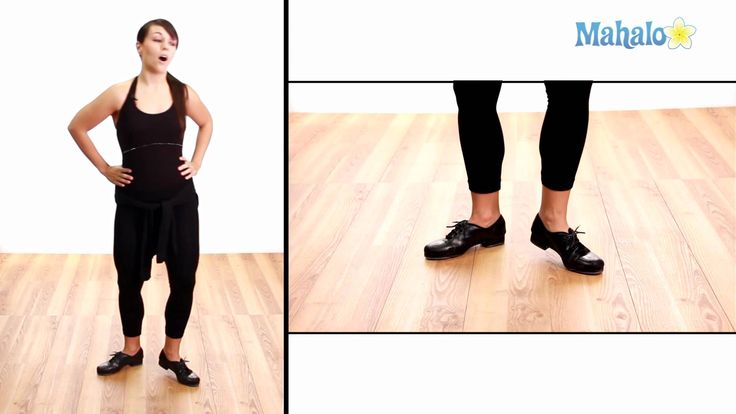 In ballroom dancing, this is called Chasse ("chase" in French), because one foot follows the other.
In ballroom dancing, this is called Chasse ("chase" in French), because one foot follows the other.  The partner steps forward with the left foot, the partner steps back with the right. Then - as it should be in every figure - make a "completion" with your free foot (right for the lady, left for the partner), bringing it to the other leg. Don't put any weight on your free leg at all.
The partner steps forward with the left foot, the partner steps back with the right. Then - as it should be in every figure - make a "completion" with your free foot (right for the lady, left for the partner), bringing it to the other leg. Don't put any weight on your free leg at all. 

